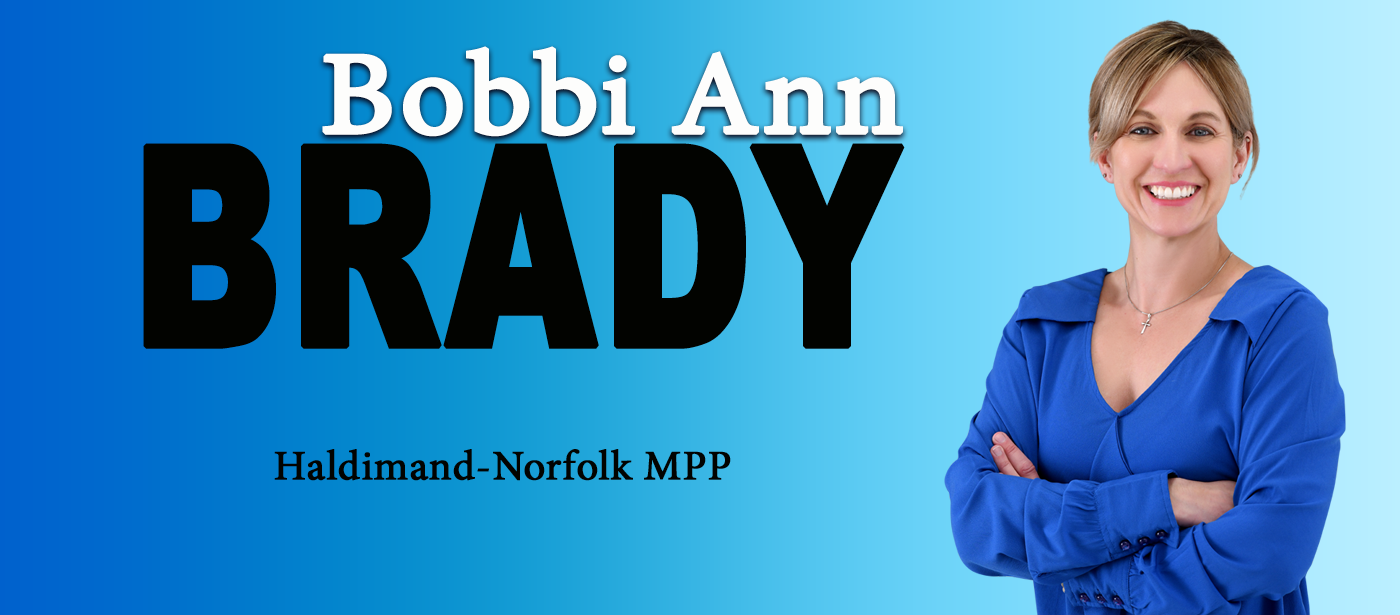Last week, I wrote Part 1 of my analysis of Building a Better Ontario, the 2024 Ontario Budget, in which I spoke about the government’s missed opportunities. I lamented the deficit and how it’s tripled over the past year to an astounding $9.8 billion. Sadly, we are careening toward a debt wall, and your kids and grandkids are in the backseat.
While I am gravely concerned about debt, I’m also troubled about where we are headed with immigration, housing, and critical infrastructure. And that will be the focus of this column.
Canada has always been a land of immigration. Since Confederation in 1867, more than 17 million immigrants have arrived. Record numbers were admitted in the early 1900s when Canada was promoting the settlement of Western Canada, but the highest number recorded was in 1913 when more than 400,000 immigrants landed.
Currently, annual immigration in Canada is around 500,000, which is one of the highest rates per population of any country on earth. As of 2023, more than eight million immigrants with permanent residence lived in Canada—roughly 20 percent of the total Canadian population. The majority of arrivals continue to choose Ontario.
And before someone points a finger, I am not anti-immigrant. Most of us, or our ancestors, came to Canada for a new life. Many immigrants brought with them unique skills, especially in the agricultural sector. The economy boomed, and newcomers prospered. Not so today.
Federal Housing Minister and former immigration Minister Sean Fraser on CTV News’ Power Play recently said Canada’s permanent residency numbers are “in the right place. We’re growing our permanent population at a pace we can handle.” I don’t see it this way.
There is no plan other than to build homes. The problem is that the environment to build those homes does not exist. Whether a builder or I go to the lumber yard, that lumber has the exact inflated cost. I’ve told this to the government many times, and recently, Premier Ford has been pushing back on the feds, but frankly, that should have happened long ago.
At a meeting this week, Tillsonburg Mayor Deb Gilvesy said, “I feel like we are drowning,” citing the town’s becoming Ontario’s second-fastest-growing area. She articulated that services are not keeping pace, and more infrastructure dollars are needed to play catch-up.
Last year, the province launched a $1.2 billion Building Faster Fund, which rewards municipalities for meeting or exceeding their housing targets. The recent budget earmarked another $1.8 billion for housing and community-enabling infrastructure. But there’s only one taxpayer, and many of these investments were once developers’ responsibility.
We cannot build our way to economic prosperity and rely solely on the residential tax base. Business and industry can help ease pressure on local government, and any plan must be balanced.
We need slower immigration to mitigate pressure on housing and infrastructure. Immigrants want us to provide the basis for a prosperous future, but we don’t currently have the ability to do that. There must be a realistic and actionable plan before bringing people to Ontario or our counties.
Immigration helps sustain our economy, but even distribution is also needed. I’ve heard from immigrants who came to Canada years ago when it was the land of opportunity; their overwhelming message is to take a step back and slow down.
Bobbi Ann Brady is the MPP for Haldimand-Norfolk
